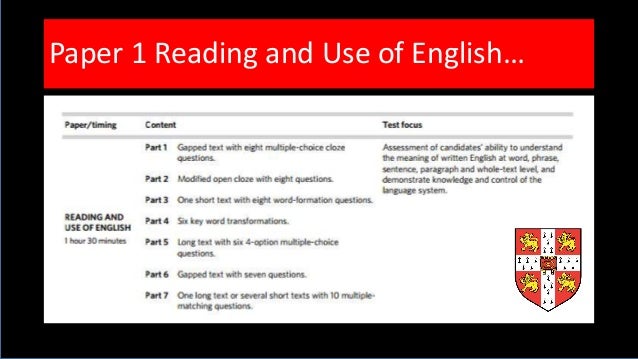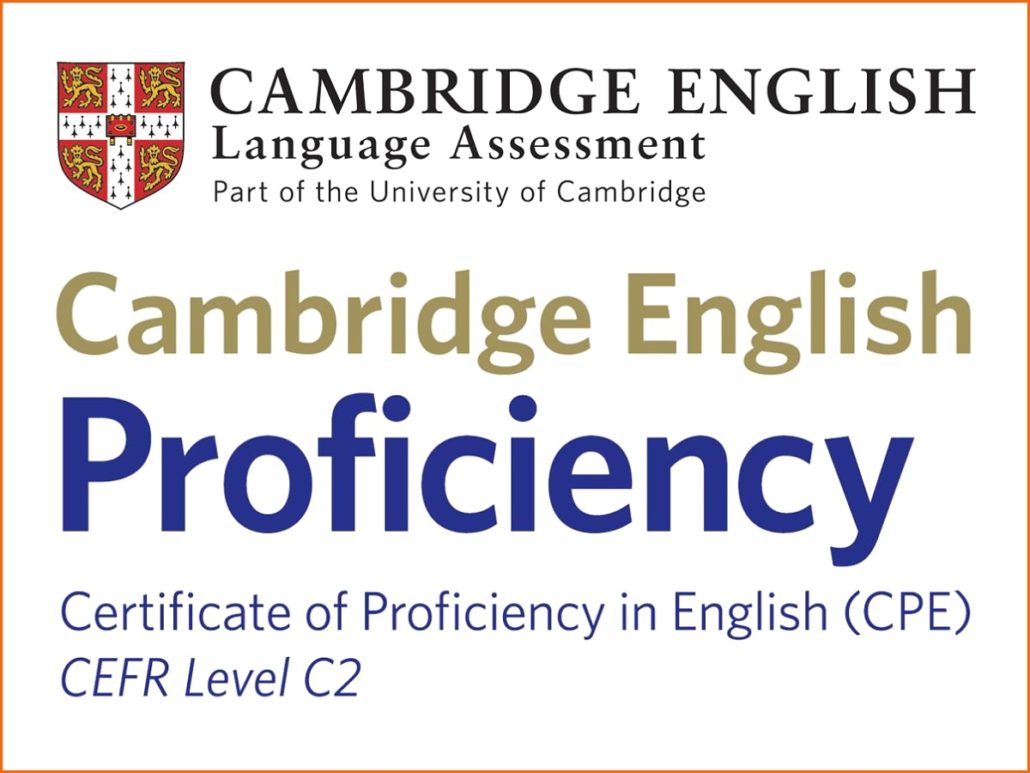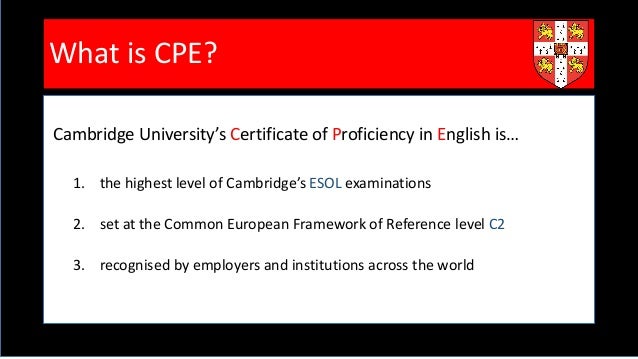CAMBRIDGE PROFICIENCY EXAM PAPER 2 TASK 1
Compulsory task
This part tests the candidates’ ability to write an essay, summarising and evaluating the key points from two texts and including their own ideas in their answer.
*Read through the task and identify the key points in the input texts.
Part 1
Read the two texts below.
Write an essay summarising and evaluating the key points from both texts. Use your own words throughout as far as possible, and include your own ideas in your answers.
Shifting sands: Behavioural Change
Nowadays, in some cultures there may often be confusion between generations about what is acceptable behaviour in certain situations. Older people sometimes complain, for example, about the real or imagined rudeness of others, such as in the use of electronic devices in public places.
However, the younger generations do not regard electronic communication as intrusive, but rather as fundamental to their way of life. Only increased mutual understanding is likely to resolve potential conflict or confusion in any society. In this case, as in all others, it pays to be aware of other people’s points of view.
Follow My Leader?
Should we always aim to do what society expects of us? No, what society needs is individuality. Worrying about what other people think inhibits enthusiasm and creativity. Nothing new is ever achieved by conforming to expected social norms. This is not only true for society’s innovators: everybody needs a strong sense of their own worth as an individual.
This is essential for psychological well-being and the ability to function effectively in one’s personal and professional life. Paying too much attention to society’s conventions can be counter-productive in these and other ways.
Write your essay. 240 - 280 words.
Task type and focus:
In Part 1, candidates are asked to write an essay. The question in Part 1 always has a discursive focus. Discursive writing is a style used in academic writing and it requires the high level of language competence appropriate at C2 level. In addition, the ability to identify key points from a text is considered important at C2 level. The CEFR states that at this level candidates should be able to ‘summarise information from different sources, reconstructing arguments and accounts in a coherent presentation of the overall result.’
AN ESSAY is usually written for academic purposes. It should be well organised, with an introduction, clear development and an appropriate conclusion. The compulsory Part 1 essay question will always involve reading two short input texts on a particular topic and summarising and evaluating the key points from these texts in the context of a coherent essay on the topic, including your own views.
Task format
You are required to base your answers on input material which will take the form of two texts, each approximately 100 words long. The texts will be based on a variety of authentic, contemporary sources. Since the task focus is on productive language, the input will be well within your reading competence.
PART 1 : HOW TO TACKLE IT?
• Read the two input texts very carefully. Each text, approximately 100 words in length, will present contrasting or complementary views on a topic. It is important to identify the key points in each of the texts, as these points will form the basis of your essay. You must integrate a summary of these points, an evaluation of the abstract arguments involved and your own ideas on the topic in a coherent essay.
• You may, of course, use key words from the question, but must avoid ‘lifting’ whole segments of the input. No credit will be given for language or ideas that have not been appropriately expanded on or integrated into your writing.
• Because of the discursive focus of this part of the paper, you need to be equipped to discuss a range of topics. Reading and discussing articles in English on a variety of issues will help you to develop your ideas and extend your vocabulary in order to cover the arguments raised in the texts.
• identifying the main points
• summarising the main points
• academic writing style
• using organisational patterns and linking devices
• drawing conclusions from all the relevant information
*What will candidates have to do in order to successfully complete the task?
A. hypothesise
B. summarise information from two different sources
C. describe a narrative
D. reconstruct arguments and accounts
E. present the overall result coherently
F. suggest a solution
G. express and justify an opinion
H. evaluate abstract arguments
The overarching theme of these two texts is social behaviour.
The first considers the fact that different groups of society have different ideas about what is acceptable behaviour. What is normal for one set of people may appear rude to another group. This text makes the point that it is important to appreciate that others may have differing viewpoints, claiming that such awareness can help to avoid social conflicts. The second text looks at the issue from a contrasting angle. It argues against the desirability of behaving in socially acceptable ways. Its contention is that being too concerned about social conventions stifles individuality and may even have a negative effect on our own psychological health.
In my opinion, there is little to disagree with in the first text. It is an undeniable fact that behavioural norms vary across generations, classes and cultures and it is also true that understanding and tolerance provide the soundest basis for our approach to social difference.
The second text is possibly more contentious. While it may be the case that some people are over-concerned about etiquette and unimportant social rules, I feel that some conventions for social behaviour have a positive impact on everyone’s lives. It all depends on the type of rule. I do not feel that it is important to know which way you ‘should’ tip your bowl when eating soup or when you should or shouldn’t wear gloves but I do think it is desirable to say please and thank you and to behave in a considerate way towards one’s fellows.
In other words, I think that basic social conventions serve a useful purpose but that they should be used to oil our interactions rather than becoming too much of an end in themselves.
*Look at the sample answer:
What has the writer used to make their essay more interesting?
Is there a balance between the introduction and the conclusion? If not, how could you correct it?
What techniques has the writer used in their writing? (eg. grammarwise, contentwise.)
What are some errors that the writer has made ? Can you spot them?
(Source: CPE Handbook for Revised Exam)
- The first text/passage/extract outlines the benefits/drawbacks of…
- The second text argues/claims that…
- The first text advocates… +…ing (supports)
- The second text puts forward the idea that…
- It then goes on to espouse the viewpoint that… (say)
- The text sheds light on the issue/topic of…
- The text brings the topic of… to light.
- The writer of the first text is a firm believer in…
- The writer/author of the second text is highly critical of…
- Both writers seem to agree that…, where their ideas deviate however is on the topic of…
- The second text makes bold statements in support of…
- Not only does the first text state that…, but it also claims that…
- In addition to the aforementioned point, it also claims that…
- One thing the writer fails to mention is…
- A glaring omission from the first text is…
- While the writer makes some valid arguments in favour of…, she ignores the fact that…
- One area which the writer seems to have overlooked is…
- While I am generally in agreement with the majority of the first writer’s points the obvious hole in their argument is…
- Were I to pick holes in the writer’s arguments, I would start by pointing out that…
- I feel it must also be pointed out that…
- When it comes to the topic of…, the text seems to be lacking somewhat
- One major weakness in the writer’s argument is that…
- The text neglects to mention that fact that…
- The writer seems to have gone overboard in their praise/criticism of…
- I am of the opinion that…
- In my humble opinion…
- My thoughts on the matter are that…
- As far as I am concerned,
- As far as my opinions on the matter are concerned,…
- My initial reaction to the opinions outlined in the text was…
- I am a firm believer in…
- On the whole, I tend to agree with… due to the fact that…
- …. clearly/undoubtedly has an impact on…
- It is common knowledge that… plays a crucial role in…
- It is undoubtedly the case that…
- There is little doubt that…
- … is widely believed to…
- It is generally considered that…
- Few people would contest/dispute the fact that…
- Another factor to consider is…
- On the other hand/In contrast…
- It is often claimed that…
- All the evidence suggests that…
Language for supporting ideas
- For example,
- For instance,
- An obvious example of this is…
- A clear example of this is…
- This is illustrated by…
- As a case in point…
Language for conclusions:
- In light of the above, / Taking all this into consideration/account,…
- As far as I am concerned, / in my opinion, / as I see it, etc.
- … is the most effective way to… due to the fact that…
- In light of the above, / Taking all this into consideration/account,…
- Despite the fact that… undoubtedly plays a role in… I firmly believe that… is more effective due to the fact that…










